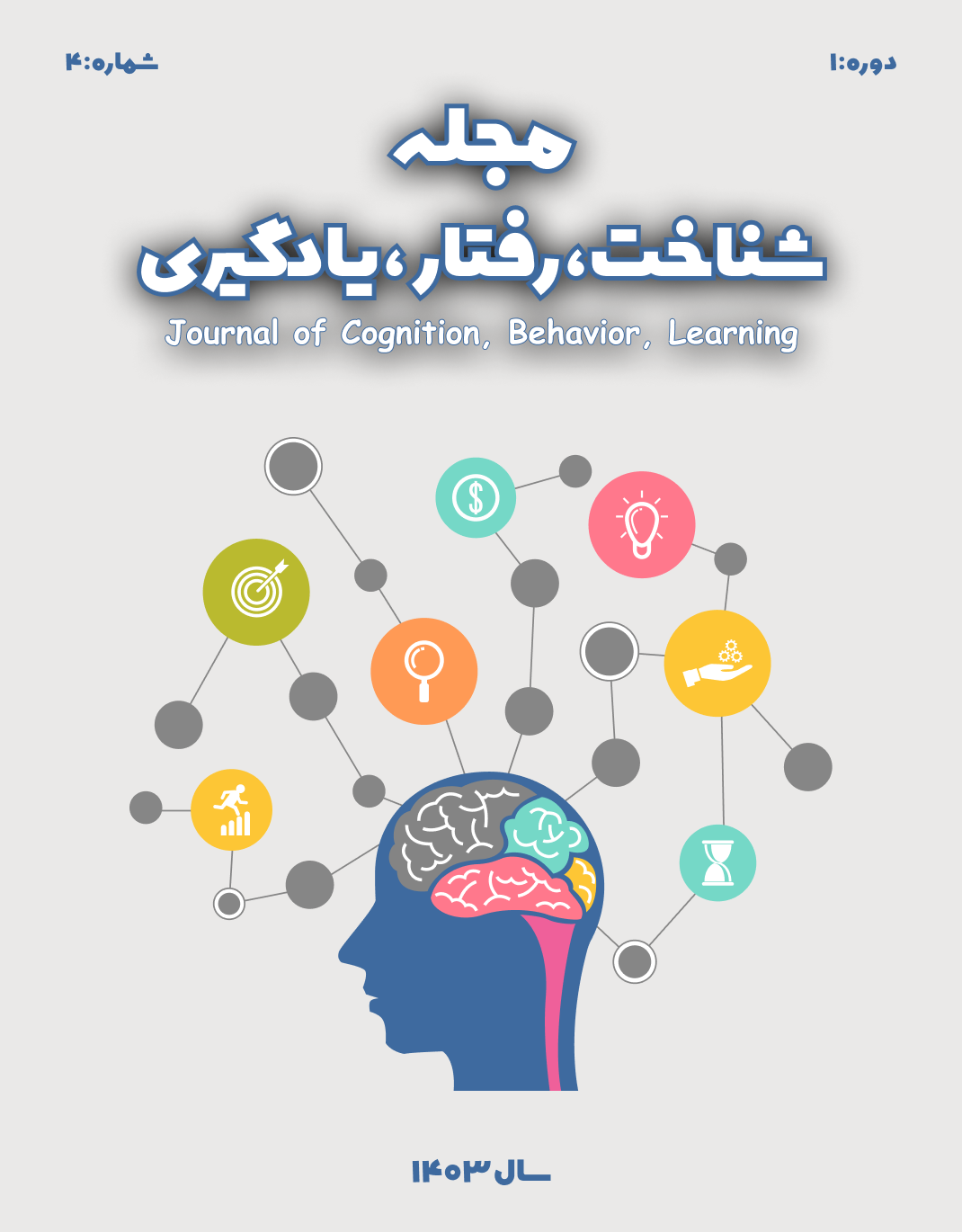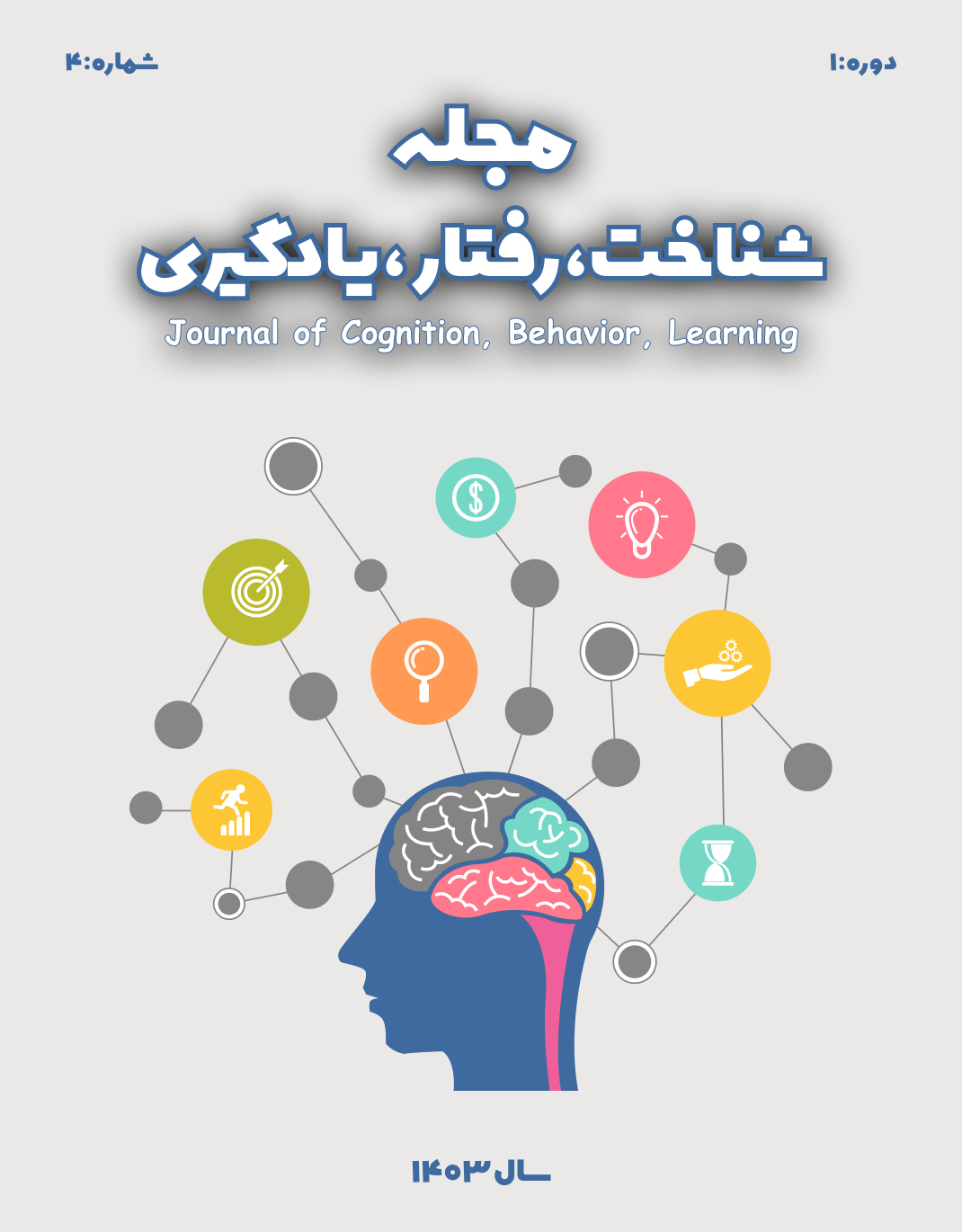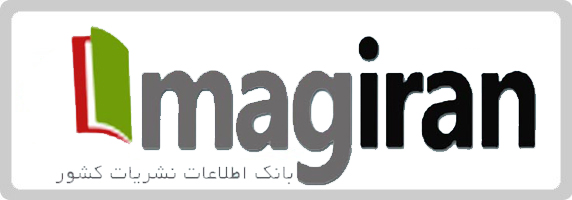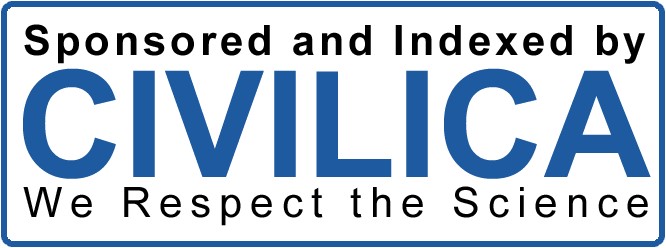ادراک و نگرش معلمان نسبت به استفاده از هوش مصنوعی در فرآیند تدریس و ارزشیابی (مطالعه موردی: معلمان شاغل در دوره متوسطه کلانشهر تهران و حومه)
کلمات کلیدی:
هوش مصنوعی در آموزش, پذیرش فناوری, ادراک معلمان, مدلسازی معادلات ساختاریچکیده
ادغام فزاینده فناوری هوش مصنوعی در ساختارهای نظامهای آموزشی، چالشهای چندوجهی و پیچیدهای را در ساحتهای آموزشی، ملاحظات اخلاقی و ترتیبات نهادی پدید آورده است؛ بهویژه در زمینههایی که فرآیند گذار دیجیتال با محدودیتهای فرهنگی و ساختاری خاص آن جامعه تلاقی مییابد. پژوهش حاضر به بررسی نحوه ادراک و ارزیابی جامعه معلمان شاغل در دوره متوسطه از فناوریهای مبتنی بر هوش مصنوعی در فرآیندهای تدریس و ارزشیابی عملکرد تحصیلی دانشآموزان میپردازد. این مطالعه با اتخاذ یک طرح پیمایشی مقطعی و با مشارکت ۳۱۷ نفر از معلمان شاغل در دوره متوسطه شهر تهران به انجام رسیده است. ابزار جمعآوری دادههای پژوهش مشتمل بر ۲۵ گویه در قالب پنج سازه نهفته بود که روایی و پایایی آنها از طریق تحلیلهای عاملی اکتشافی و تأییدی مورد ارزیابی و تأیید قرار گرفت. به منظور آزمون مدل فرضی پژوهش، از تکنیک مدلسازی معادلات ساختاری بهرهگیری به عمل آمد. نتایج تحلیلها نشان داد که هیچیک از چهار متغیر پیشبین مورد بررسی، تأثیر آماری معناداری بر متغیر وابسته، یعنی قصد رفتاری معلمان برای پذیرش فناوری هوش مصنوعی، نداشتهاند. یافتههای حاصل از این پژوهش حاکی از وجود یک گسست ساختاری معنادار میان سطح آگاهی نگرشی معلمان نسبت به فناوری هوش مصنوعی و میزان آمادگی انگیزشی ایشان برای بهکارگیری فعالانه آن است و نشان میدهد که مشارکت معلمان با فناوری هوش مصنوعی، بیش از آنکه از باورهای فردی ناشی گردد، به شدت متأثر از ابهامات موجود در سطوح نهادی، سیستمی و فرهنگی است. این پژوهش، ضمن تأکید بر ضرورت توسعه و بهکارگیری مدلهای بافتمحور در مطالعه پدیده پذیرش فناوری هوش مصنوعی در حوزه آموزش، افقها و مسیرهای مهمی را برای انجام پژوهشهای آتی در زمینه بررسی عوامل میانجی و اقتضایی مؤثر بر رفتار حرفهای معلمان در این زمینه میگشاید.
دانلودها
مراجع
Al Darayseh, A. (2023). Acceptance of artificial intelligence in teaching science: Science teachers' perspective. Computers and Education: Artificial Intelligence, 4, 100132. https://doi.org/10.1016/j.caeai.2023.100132
Al Khateeb, K. (2021). Perceptions of UAE science teachers on effectiveness of online science learning in COVID-19 pandemic Master's thesis, The British University in Dubai]. https://bspace.buid.ac.ae/items/8b2f4f3b-1c72-4a73-b923-b044b920b225
Çayak, S. (2024). Investigating the relationship between teachers' attitudes toward artificial intelligence and their artificial intelligence literacy. Journal of Educational Technology & Online Learning, 7(4), 367-383. https://doi.org/10.31681/jetol.1490307
Chatterjee, S., & Bhattacharjee, K. K. (2020). Adoption of artificial intelligence in higher education: A quantitative analysis using structural equation modelling. Education and Information Technologies, 25, 3443-3463. https://doi.org/10.1007/s10639-020-10159-7
Chiu, T. K. F. (2021). Digital support for student engagement in blended learning based on self-determination theory. Computers in human Behavior, 124, 106909. https://doi.org/10.1016/j.chb.2021.106909
Chiu, T. K. F., & Chai, C. S. (2020). Sustainable curriculum planning for artificial intelligence education: A self-determination theory perspective. Sustainability, 12(14), 5568. https://doi.org/10.3390/su12145568
Choi, B., Lee, I., & Kwon, S. (2023). Understanding teacher trust and resistance to AI-based education technologies. British Journal of Educational Technology, 54(1), 34-50.
Chounta, I. A., Bardone, E., Raudsep, A., & Pedaste, M. (2022). Exploring teachers' perceptions of artificial intelligence as a tool to support their practice in Estonian K-12 education. International Journal of Artificial Intelligence in Education, 32, 725-755. https://doi.org/10.1007/s40593-021-00243-5
Davis, F. D. (1989). Perceived usefulness, perceived ease of use, and user acceptance of information technology. MIS quarterly, 319-340. https://www.jstor.org/stable/249008
Glikson, E., & Woolley, A. W. (2020). Human trust in artificial intelligence: Review of empirical research. Academy of Management Annals, 14(2), 627-660. https://doi.org/10.5465/annals.2018.0057
Goksel, N., & Bozkurt, A. (2019). Artificial intelligence in education. In In Handbook of Research on Learning in the Age of Transhumanism (pp. 224-236). IGI Global. https://doi.org/10.4018/978-1-5225-8431-5.ch014
Hébert, C., Jenson, J., & Terzopoulos, T. (2021). "Access to technology is the major challenge": Teacher perspectives on barriers to DGBL in K-12 classrooms. E-Learning and Digital Media, 18(3), 307-324. https://doi.org/10.1177/2042753021995315
Holmes, W., Bialik, M., & Fadel, C. (2022). Artificial Intelligence in Education: Promises and Implications for Teaching and Learning. Center for Curriculum Redesign. https://doi.org/10.58863/20.500.12424/4276068
Hwang, G. J., & Tu, Y. F. (2021). Roles and research trends of artificial intelligence in mathematics education: A bibliometric mapping analysis and systematic review. Mathematics, 9(6), Article 584. https://doi.org/10.3390/math9060584
Liu, R., Zhu, J., & Gong, J. (2022). AI companion robots for education and emotion regulation. Robotics and Autonomous Systems, 145, 103834.
Mahmoud, A. (2020). Artificial intelligence applications: An introduction to education development in the light of corona virus pandemic COVID-19 challenges. International Journal of Research in Educational Sciences, 3(4), 171-224. https://doi.org/10.29009/ijres.3.4.4
Matlabi Nejad, A., Fazeli, F., & Navae, E. (2023). A systematic review of the promises and challenges of artificial intelligence for teachers. Technology and Knowledge Research in Education, 3(1), 23-44. https://t-edu.journals.pnu.ac.ir/article_10366.html
Mohammadi, S. I., Qasemi, S. A., & Abbasi Nami, H. (2024). The application of artificial intelligence in school management (education). Sociology of Education, 10(3), 249-260. https://www.iase-jrn.ir/article_719989_2200da7f5a8b84c1647743519127dbb7.pdf
Nazaretsky, T., Feldman-Maggor, Y., & Kizilcec, R. F. (2022). Supporting teachers' trust in AI through professional development. In Proceedings of the 2022 AIED Conference, https://bera-journals.onlinelibrary.wiley.com/doi/full/10.1111/bjet.13232
Nazaretsky, T., Yudilevich, E., Yudilevich, E., & Mevarech, Z. R. (2022). Teachers' perceptions and acceptance of AI-based tools. Computers and Education: Artificial Intelligence, 3, 100053. https://doi.org/10.1016/j.caeai.2022.100053
Nikou, S. A., & Economides, A. A. (2019). Factors that influence behavioral intention to use mobile-based assessment: A STEM teachers' perspective. British Journal of Educational Technology, 50(2), 587-600. https://doi.org/10.1111/bjet.12609
Qin, Y., & Zhang, X. (2020). Rethinking teacher roles in intelligent classrooms. British Journal of Educational Technology, 51(6), 2042-2056.
Sebaa, A., Yousfi, M., & Melouki, O. (2018). AI application at the international level (United Arab Emirates as a model). Journal of Al Mayadine Al Iktissadia, 1(1), 31-41. https://www.sciencedirect.com/science/article/pii/S2666920X23000115
Unesco. (2019). Artificial intelligence in education: Challenges and opportunities for sustainable development. https://unesdoc.unesco.org/ark:/48223/pf0000366994
Viberg, O., Cukurova, M., Feldman-Maggor, Y., Alexandron, G., Shirai, S., Kanemune, S., & Kizilcec, R. F. (2024). What explains teachers' trust in AI in education across six countries? International Journal of Artificial Intelligence in Education. https://doi.org/10.1007/s40593-024-00433-x
Wang, Y., Liu, C., & Tu, Y. F. (2021). Factors affecting the adoption of AI-based applications in higher education: An analysis of teachers' perspectives using structural equation modeling. Educational Technology & Society, 24(3), 116-129. https://eric.ed.gov/?id=EJ1306390
Zawacki-Richter, O., Marín, V. I., Bond, M., & Gouverneur, F. (2019). Systematic review of research on artificial intelligence applications in higher education - where are the educators? International Journal of Educational Technology in Higher Education, 16(1), 39. https://doi.org/10.1186/s41239-019-0171-0
دانلود
چاپ شده
ارسال
بازنگری
پذیرش
شماره
نوع مقاله
مجوز
حق نشر 2024 مجله شناخت، رفتار، یادگیری

این پروژه تحت مجوز بین المللی Creative Commons Attribution-NonCommercial 4.0 می باشد.






